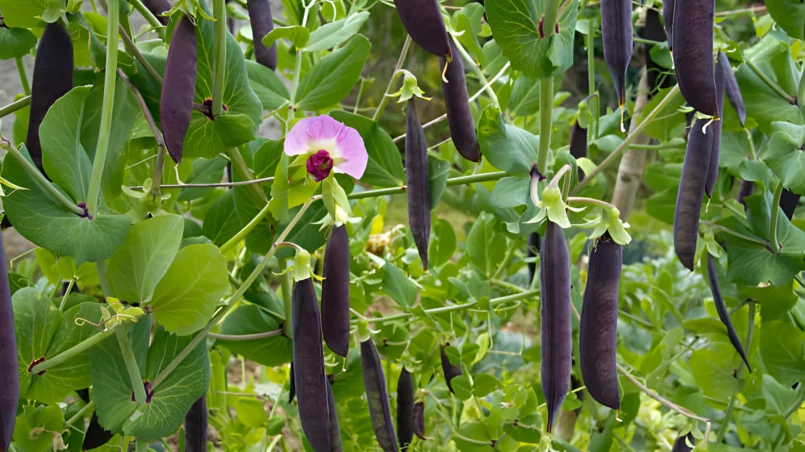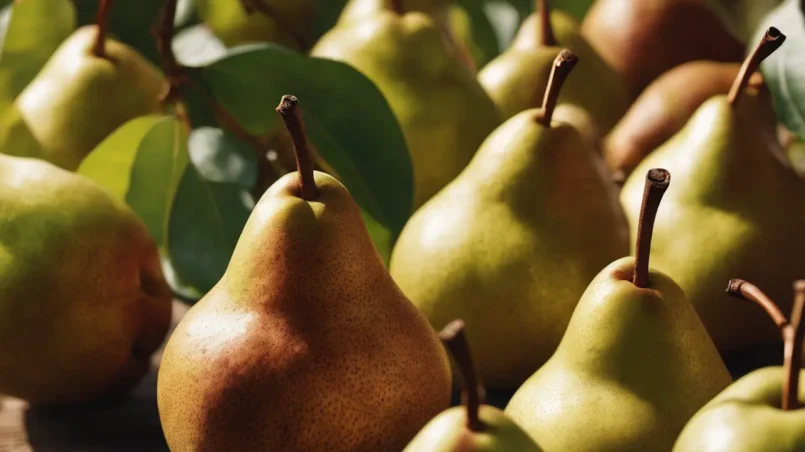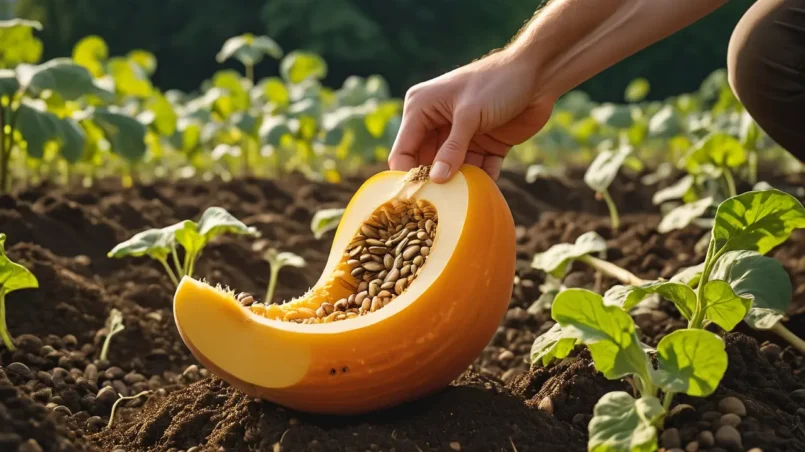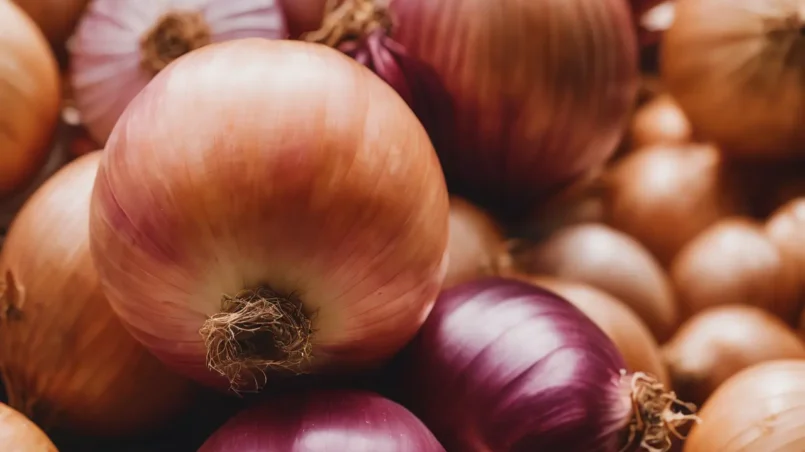Purple hull peas, a cherished variety within the Southern United States, have long been celebrated for their rich, nutty flavor and nutritional benefits. These peas, technically beans, are a type of cowpea (Vigna unguiculata subsp. unguiculata) and boast a remarkable ability to thrive in hot, humid climates, making them a staple in summer gardens. Beyond their culinary versatility — from fresh salads to hearty stews — purple hull peas enrich the soil by fixing nitrogen, enhancing...
Category - Gardening
Pears are among the few fruits that ripen off the tree, making the timing of their harvest unique. Unlike many fruits that reach peak ripeness while still attached to their branches, pears are best picked when mature yet firm, and then allowed to ripen to perfection off the tree. This characteristic underscores the importance of knowing precisely when a pear is ripe and ready to eat. Picking or purchasing pears at the right stage of ripeness not only ensures the best flavor and texture but also...
Olive trees (Olea europaea) have been cherished for centuries, not just for their delicious fruits and the oil produced from them but also for their aesthetic appeal in gardens and landscapes. With their silvery leaves, gnarled trunks, and the ability to thrive in many climates, olive trees can add a touch of the Mediterranean to any setting. However, for pet owners, especially those with cats, the beauty of these trees might come with concerns. One of the pressing questions is whether olive...
Squash, with its myriad of shapes, sizes, and colors, holds a cherished spot in both the garden and kitchen. Its versatility extends beyond culinary uses, enriching gardens with vibrant foliage and blossoms. This guide embarks on a journey through the process of planting squash seeds, offering insights into the cultivation of both summer and winter varieties. Whether you’re drawn to the tender zucchini or the hearty butternut, understanding the nuances of squash gardening can lead to a...
Clover is a familiar sight in meadows, lawns, and gardens, often admired for its delicate flowers and considered a symbol of good luck. But beyond its aesthetic appeal and folklore, clover plays a crucial role in the ecosystem and agriculture. This brings us to an interesting question: Is clover a legume? To answer this, we must first understand what legumes are. Legumes are a family of plants known for their ability to fix nitrogen from the air into the soil, a feature that sets them apart in...
Braiding onions is an age-old technique that combines practicality with tradition, offering an effective way to store onions while enhancing their shelf life. This method not only facilitates better air circulation around the onions but also serves as a testament to the cultural heritage of preserving harvests across generations. Beyond its practical benefits, braiding onions can be a decorative element in kitchens, adding a rustic charm to the culinary space. This guide will introduce you to...






